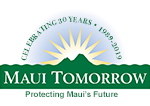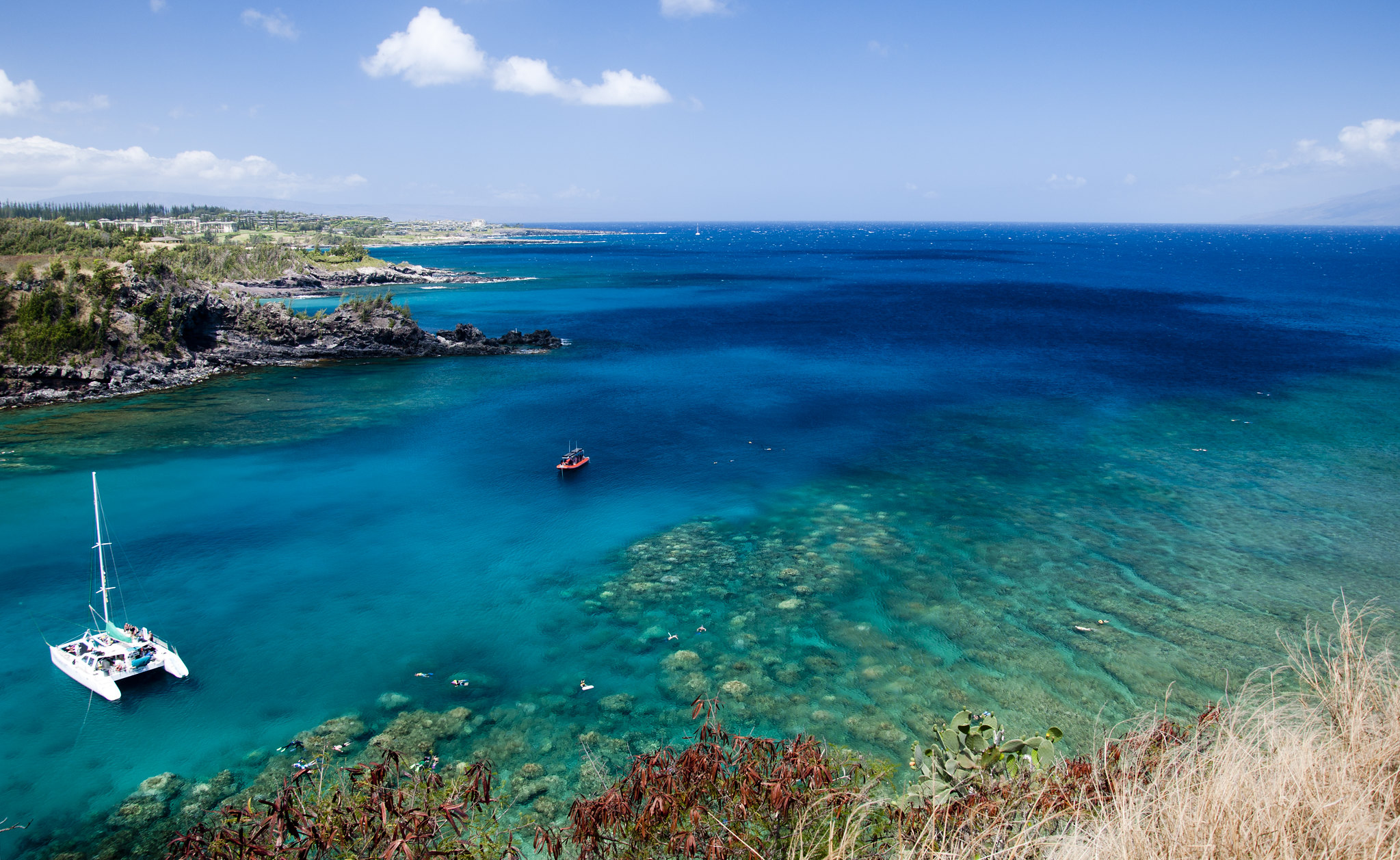By Dr. Genesis Young
As a physician I always followed the Hippocratic oath to do no harm; sustainable tourism and anything sustainable should at the very least do no harm.
However, our reefs are dying and we are losing our sea life. The Hawaiian culture continues to be threatened, and is treated as a tourist attraction. The quality of life for the residents of Maui is only given lip service as it degenerates.
Is it hopeless or is there something that can we do?
In order to have a long-term viable visitor industry on Maui, we must nourish the environmental resources and residents of the place that those visitors come to see – our home, Maui.
The word “regenerative” has been defined as “creating the conditions for life to continuously renew itself, to transcend into new forms, and to flourish amid ever changing life conditions” (Hutchins and Storm, 2019). I love this definition because it captures the essence of life and culture, and is the ultimate in respect. The environment, the people, and the culture in Hawai‘i really do matter.
“Regenerative tourism” goes beyond “sustainable tourism” because it doesn’t just maintain the status quo; it focuses on positive impacts that the visitor industry can achieve, such as restoring the abundance of our reefs, protecting our beaches from shoreline hardening, and helping to restore the mauka to makai systems that enabled people to live independently on Maui long before western culture arrived. Regenerative tourism will result in more net benefit for Maui than the extractive tourism model that currently prevails. By working hand in hand with Maui’s people, our visitor industry can help the ʻāina and the spirit of aloha to thrive. What you feed grows! We must stop feeding the concept of “more, more, and more” tourists, and instead focus on improving the environment and the quality of life for Maui’s residents.
For example, our reefs and sea life have been seriously degraded over the last few decades, and the visitor industry is in large part responsible for the overtourism that has contributed to this harm. The principles of restorative justice say that when there is harm done, that results in an obligation for the harm doer to make it right.
We have an opportunity for residents, government, nonprofits, and the visitor industry to all come together in a planned Regenerative Tourism Summit, hopefully in September. This will be an opportunity to come up with some concrete, specific actions – funded by the visitor industry – that can be put into place without the need for legislation. To stay informed, please follow Maui Tomorrow on Facebook or sign up for their email list.
It is in the best interest of the visitor industry to regenerate and protect the resources that they are dependent upon for their customers – the tourists. We have an opportunity to create a win-win situation for Maui’s residents, the environment, and the visitor industry. There are many solutions, big and small, and we all need to share our ideas at this critical time.




